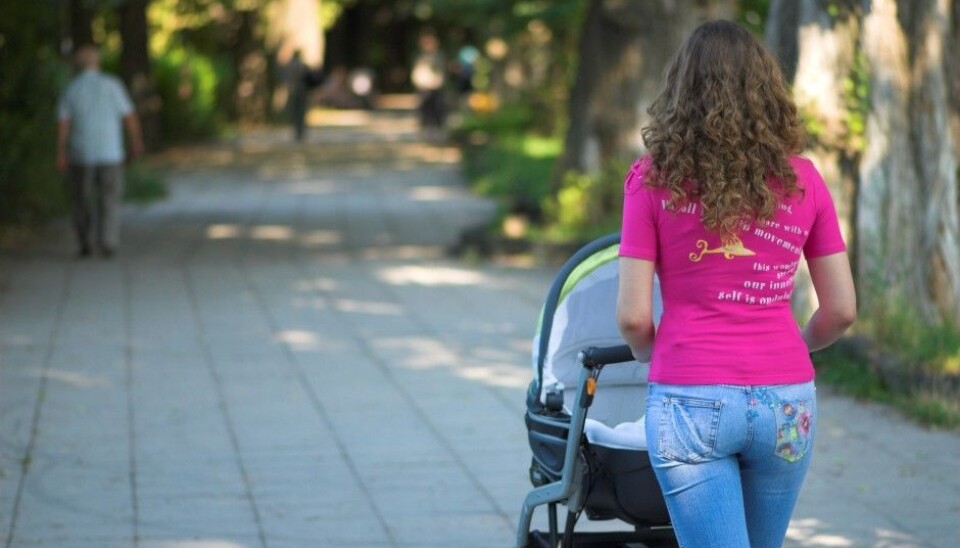
No baby boom from cash-for-care benefits
The number of births per woman has declined since cash for childcare benefits were introduced in Norway.
Denne artikkelen er over ti år gammel og kan inneholde utdatert informasjon.
Norway’s cash-for-care (CFC) benefits were born in 1998. Now Norwegian researchers have carried out a study on whether this policy has led to women having more children. The researchers had expected to find an increase in childbearing, but instead results show the opposite.
Synøve N. Andersen, Nina Drange and Trude Lappegård from Statistics Norway (SSB) looked at the proportion of mothers who had children over a four-year period. The study was based on two groups of women: one group who gave birth in 1994, and a second group who gave birth in 1998 - in other words, before and after the CFC system was introduced.
“The aim was for the groups to be as similar as possible, apart from their entitlement to the CFC benefit, so that we could create the most valid comparison,” says Andersen.
The researchers expected to find more new births among women who received the cash benefit than among women whose children were born before cash benefits were introduced. The scientists were astonished that the number of births had instead declined.
Expected other answers
“Yes, we were surprised by the findings. Since the CFC benefits have resulted in a reduction in the economic cost to have a young child, we expected to find an increase in the number of births in the group covered by the subsidy. Instead we’re seeing a decline of approximately six per cent for second time births, and about nine per cent for third time births,” says Andersen.
Andersen, Drange and Lappegård have not researched what the reasons for the decline may be. Andersen stressed that they cannot know whether the decline is solely due to the CFC benefit policy.
“Our analysis provides no information about the reasons. But a possible explanation may be that cash benefits made it possible for moms who worked to be home beyond the parental leave time. And this may have led these moms to delay their return to work and further childbearing,” says Andersen.
An earlier study carried out by Drange and economics professor Mari Rege, shows that half of the mothers who reduced their work hours as a result of the CFC benefit did not return to their full-time jobs until their child was six years old.
The three SSB researchers do not rule out that fertility trends may have changed during the period after 1998, and that this could be a cause of the decline they found. Since the study followed the women over only four years, the researchers do not know what happened afterwards.
“In any case, the analysis does not support allegations that mothers entitled to CFC benefits have more children than mothers who do not receive the subsidy,” says Andersen.
Translated by: Ingrid P. Nuse






























